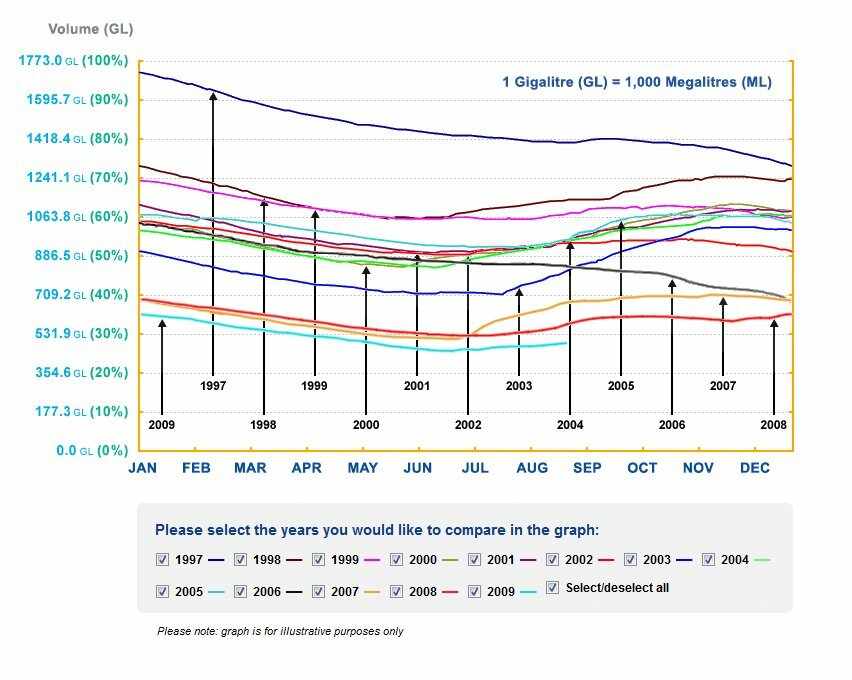September 7th, 2009 by Regina McLeod
According to the U.S. Environmental Protection Agency, volatile organic compounds (VOCs) are found in concentrations consistently higher indoors (up to ten times higher) than outdoors. These cause significant health risks. Now scientific research has confirmed that the solution is in many common, easy-care indoor plants.
VOCs include a variety of chemicals, some of which may have short- and long-term adverse health effects. VOCs are emitted by a wide array of products numbering in the thousands. Examples include: paints and lacquers, paint strippers, cleaning supplies, pesticides, building materials and furnishings, office equipment such as copiers and printers, correction fluids and carbonless copy paper, graphics and craft materials including glues and adhesives, permanent markers, and photographic solutions.
[Click Here For Full Post]

Tags: air pollution, clean air, health, office, OH&S, safety, VOC
Posted in carbon conservation | No Comments »
September 3rd, 2009 by Barney Mezey
You may have come across this news item a couple of months ago but it is worth taking another look. Although, the study was conducted by a major spam-ware corporation, it is clear that junk e-mails have a huge carbon footprint.

(image: www.fotolia.com)
Anything powered by electricity emits greenhouse gases. Recently research was conducted in the US to find out the amount of energy needed to transmit, process and filter spam globally. The results were startling. According to the ‘Carbon Footprint of Spam’ report the average greenhouse gas emission of a single spam message is 0.3 grams of CO2. Is this a lot? Well, if you multiply this by the number of spam sent annually it translates into a huge figure.
[Click Here For Full Post]

Tags: Add new tag, carbon footprint, CO2, greenhouse emissions, junk e-mail, spam
Posted in Carbon measurement and tracking, Computers and office equipment, cars, climate change, climate positive | No Comments »
September 2nd, 2009 by Bruce Rowse
View “Todd’s Postereous Blog” to see a map of the world showing for each continent the area that needs to be covered with solar panels in order to meet all the world’s power needs. You might be surprised!
[Click Here For Full Post]

Tags: solar PV, solar to power world, world power needs
Posted in solar | No Comments »
August 28th, 2009 by Bruce Rowse
David Jones, the bureau of meteorology’s head of climate analysis, as reported in the the Age, said earlier this week that temperature benchmarks for August had been broken in every state and territory. ”In duration, extent and the magnitude of anomalies it is beyond historical experience and it hasn’t finished,” he said.
See full article at the Age newspaper.
[Click Here For Full Post]

Tags: august 2009, australia, climate change, extreme weather
Posted in climate change | No Comments »
August 25th, 2009 by Bruce Rowse

Melbourne water storage levels (courtesy Melbourne Water)
This week the weather is not what we expect for winter. Melbourne is known as a place of changeable weather, so I can’t recall a winter where we have had 5 or 6 nights in a row of strong winds. In Brisbane the temperature was 32 degrees Celsius yesterday. Its winter for goodness sake!
So are we going to look back at this time as a period of climate change or the start of climate change? The science seems quite clear. Unless we can quickly slash the amount of greenhouse gas being generated by human activity, the climate will continue to change. My young children may never in their lifetimes know what it is like to live in a stable climate.
[Click Here For Full Post]

Tags: Brisbane, changing weather, climate change, Dr Seus, Lorax, Melbourne, unless, water storage levels
Posted in climate change | No Comments »


 The average double fluorescent light fitting (probably like the one above your head right now) uses $800 of electricity over its life time.
The average double fluorescent light fitting (probably like the one above your head right now) uses $800 of electricity over its life time.


